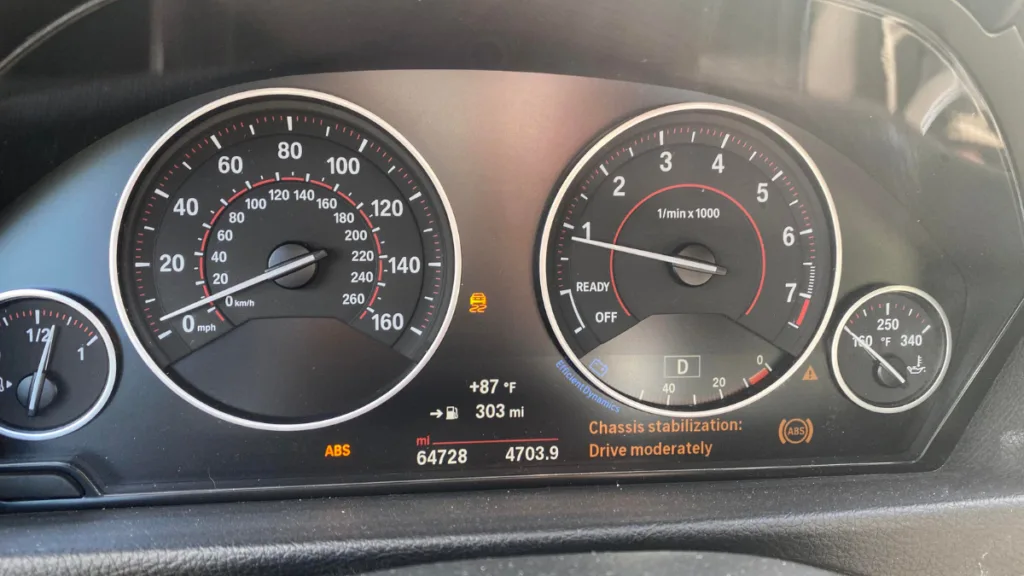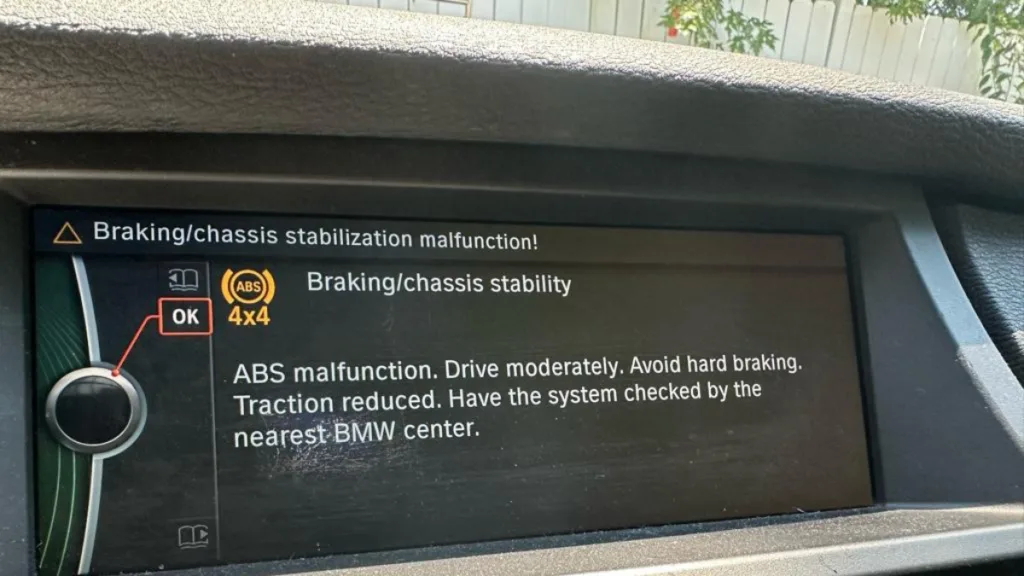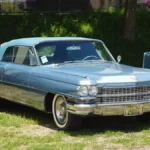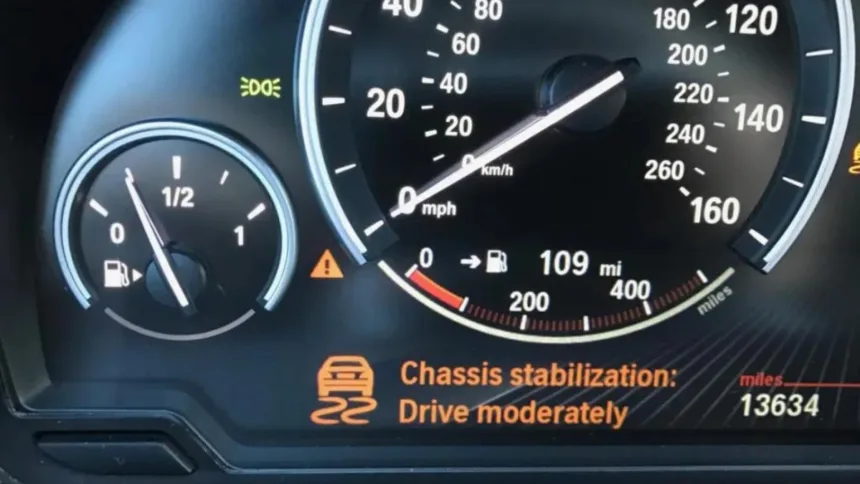Ever been in a car that felt like it might tip over when taking a sharp turn? Yeah, it’s not the best feeling, right? That’s where chassis stabilization comes in. It’s like the secret superpower your car has to stay balanced and keep you safe, especially when driving around curves or on bumpy roads.
So, let’s break it down. Chassis stabilization is the thing that stops your car from wobbling, leaning too much, or feeling shaky. Without it, your car would be like trying to balance on a wobbly chair pretty uncomfortable and maybe a bit dangerous, right?
What Does Chassis Stabilization Actually Do?
Chassis stabilization helps your car stay level and in control, no matter what. Whether you’re zooming down the highway or going over speed bumps, it keeps things steady. It’s like having really good balance when you walk on uneven ground. Your car needs that balance too, so you don’t feel like you’re on a crazy amusement park ride every time you take a turn.
Why Is Chassis Stabilization Important?

Think about it this way: without stabilization, your car might tilt too much when you make a turn or bounce like a basketball on a bumpy road. Stabilization helps keep your car planted on the ground so you’re not sliding all over the place. It makes the ride smoother and a lot safer. And let’s be real, no one wants to feel like they’re going to tip over every time they turn the wheel.
What Makes Up Chassis Stabilization?
Alright, let’s get into the parts of the car that help with stabilization. It’s not magic (although it can feel like it). It’s actually a few clever pieces of equipment working together:
Suspension System
This is like the muscles and bones of your car that absorb bumps and keep the ride smooth. When you drive over a pothole (which is pretty much unavoidable these days), the suspension helps so your car doesn’t bounce up and down like a trampoline.
Shock Absorbers
These are the parts that soften the ride. When you hit a bump, shock absorbers make sure you don’t feel it as much. It’s kind of like having really good sneakers with extra padding when you run. They help you land softly.
Stabilizer Bars (Anti-Roll Bars)
Imagine trying to carry a tray of drinks across the room. If you tip it too much, the drinks will spill everywhere, right? Stabilizer bars are like your car’s hands, making sure it doesn’t tilt too much during turns and keeping everything steady.
Electronic Stability Control (ESC)
This is the high-tech part. If your car starts slipping or losing control, ESC jumps in to save the day by applying the brakes to certain wheels. It’s like your car’s “uh-oh” button it steps in to help before things go wrong.
How Does It All Work Together?
Imagine you’re going around a sharp corner. Without stabilization, your car would lean to one side, and you’d feel like you’re about to tip over. But with stabilization, all those parts the suspension, shock absorbers, and stabilizer bars work together to keep your car balanced and smooth. It’s like teamwork in sports; everyone plays their part to win the game.
How Chassis Stabilization Has Evolved

Cars didn’t always have all this cool tech. Back in the day, it was just basic springs and shocks, which helped, but not as much as modern systems. Now, with things like Electronic Stability Control and active suspension systems, cars are better at adjusting in real-time to whatever the road throws at them. It’s like going from using a flip phone to a smartphone you didn’t know how much you needed the upgrade until you had it!
Different Types of Chassis Stabilization
- Passive Systems: These are the basic, no-fuss systems that are always doing their job. They don’t adjust much, but they’re great for everyday driving.
- Active Systems: These use computers and sensors to adjust as you drive. It’s like having a personal assistant making sure everything is running smoothly all the time.
- Semi-Active Systems: A mix of both. Sometimes they adjust, and sometimes they’re just along for the ride.
What Does Stabilization Feel Like When Driving?
Have you ever driven a go-kart? Without stabilization, a car would feel like that—kind of fun but also a little scary when you take sharp turns. With stabilization, driving feels controlled and safe, even on curvy roads. It’s like playing a video game where your car stays perfectly on track, no matter how fast you go.
Why Chassis Stabilization = Safety
The big thing here is safety. Stabilization keeps your car from flipping over or sliding out of control, especially in bad weather. Imagine driving on a wet road without ESC (Electronic Stability Control). You could slip and slide everywhere! But with ESC, the car automatically helps you stay in control, applying the brakes to individual wheels to keep you steady.
What If My Chassis Stabilization Isn’t Working?
If your car feels shaky or like it’s leaning more during turns, it might mean something’s wrong with your stabilization system. Maybe the shock absorbers are worn out, or the stabilizer bars need a checkup. If things don’t feel right, it’s always a good idea to get it checked by a mechanic.
Chassis Stabilization and the Future
With electric cars and self-driving vehicles becoming more common, stabilization systems are getting even more advanced. Active suspension systems are adjusting in real-time, and the need for stability in self-driving cars is a big deal. I mean, would you want to be in a self-driving car that can’t stay balanced? Didn’t think so!
Conclusion: Keep Your Ride Smooth and Safe
In the end, chassis stabilization is the unsung hero of your car. It’s working behind the scenes to make sure you’re not bouncing around or leaning too much while you drive. Whether you’re zooming through the city or just trying to survive a bumpy road, stabilization is what keeps your car steady and your ride comfortable.
FAQs
1. What happens if my chassis stabilization stops working?
You might feel your car swaying more during turns or bouncing around more on bumps. It’s a good sign that you should get it checked out.
2. Can I make my car’s stabilization better?
Yes! You can upgrade parts like shock absorbers or add advanced stabilization systems like ESC.
3. Do off-road vehicles need special stabilization?
Yep! Off-road vehicles have stronger stabilization systems to handle rough and rocky terrain.
4. What’s the most common problem with stabilization systems?
Usually, it’s worn-out shock absorbers. If you drive on rough roads a lot, these parts can wear down over time.
5. How important is Electronic Stability Control (ESC)?
It’s super important, especially in bad weather. ESC helps you stay in control when roads are slippery by adjusting the brakes to keep you steady.
Also Read: Is Brake Fluid Flammable? Detailed Guide to Brake Fluid Safety







